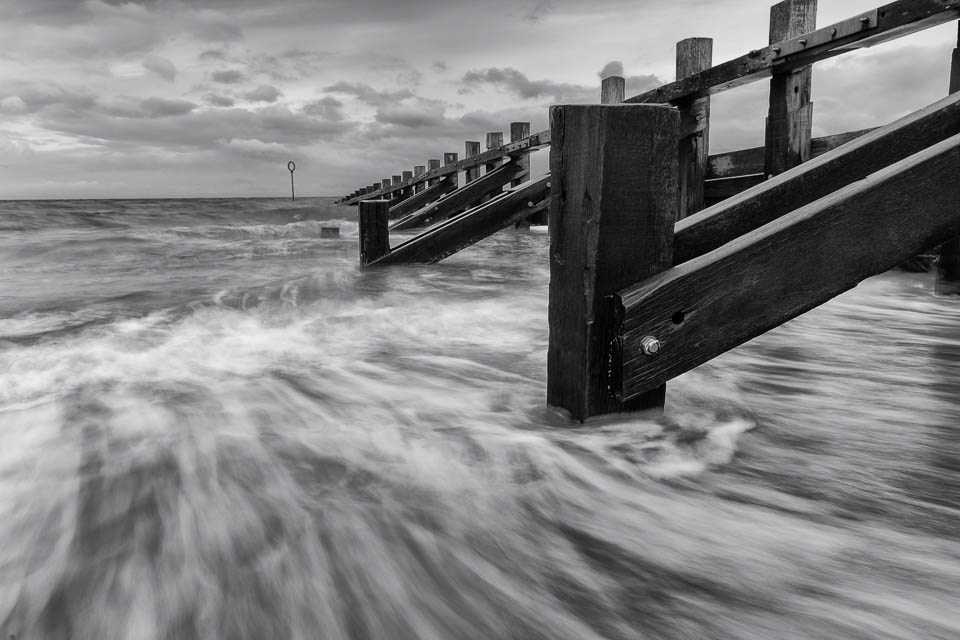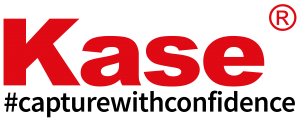June 17, 2020
Nik Collection 3 Deeper Dive
This week we take a deeper dive into the developments of the Nik Collection suite by DxO

In last weeks’ article, I talked about an addition to Silver Efex Pro, one of the programs that form the Nik Collection. This week, I am going to look at a couple more developments that have gone into the suite. One addition, in particular, is going to speed up the workflow for wedding photographers that use Adobe Photoshop.
What is the Nik Collection?
Before we start on the changes made to the package of programs, I think it would be good to recap what the Nik Collection is and a bit of its history. It gets its name from the company who originally developed some great picture editing tools, Nik Software. The black and white editing tool, Silver Efex, was quickly picked up as being the go-to program. The company also produced a mobile photo-editing tool called Snapseed. Google loved the mobile product so much that they bought the company.
For a couple of years, it was possible to get the entire Nik Software package as a free download from the Google website. However, it came with one proviso. Google wasn’t going to support the products, and if either Microsoft or Apple did anything to break them, then it was simply tough luck!
Eventually, a company called DxO bought, what would become, the Nik Collection from Google, and it became a commercial product once more. DxO has now brought out two version upgrades of the programs and has undoubtedly pushed the products forwards.
With the latest release, the Nik Collection is a package of eight programs. Analog Efex Pro, which simulates different types of analogue film effects. Color Efex Pro that applies colour filters in a similar way that you’d be used to on your mobile phone. Dfine, a noise reduction tool. HDR Efex Pro, which is an excellent tool for merging bracketed photos. Sharpener Pro, which as the name suggests, sharpens your photos. Silver Efex Pro, the black and white editor. Viveza, which allows you to change colours in images and impact the contrast and saturation. Finally, the new program in the stable, Perspective Efex, that corrects geometric flaws in your photos – we’ll look at this a little more in a few minutes.
So what’s changed?
Last week, we looked at a way that we can now carry out non-destructive editing in the programs in the Nik Collection. That was quite a significant but simple change. The existing applications don’t appear to have had much development made to them. I am sure there will be under-the-hood things that are making them run a little faster. However, functionality-wise, the tick box we looked at last week is the only change.
The new development that is going to save tons of editing time for many photographers is the Nik Collection Selective Tool. If you’re a property photographer or even an event photographer, then you’re going to love the addition of Perspective Efex. This new program can help to tackle the issues you get when shooting wide angles. Let’s look at both these things now.
Nik Collection Selective Tool
As part of the installation process, Nik Collection gives you the option to add plug-ins to Adobe Lightroom and Photoshop. When you open up Photoshop, there’s now a big box blocking part of the screen. It’s tempting to click the close button. If you do, then you’re missing a great timesaver if you’re regularly dipping in and out of the Nik Collection.
The first thing the tool adds to the workflow is a quick way to access any of the Nik Collection applications. With the photo you want to add effects to active, click on the relevant button and Photoshop will create a new layer and open up the editing screen in the corresponding program. Make the changes and press the OK button and your edit becomes the top layer.
The clever bit happens if you have made use of the Favourites recipes that you can mark in the Nik Collection. I love the High Structure Harsh recipe with a Selenium overlay added in Silver Efex, so I have it added as a favourite. As soon as you have used one of the Nik applications or if you have favourites set, there is a downward-facing arrow on the right side of the Selective Tool. Click on it, and there are boxes for the last edit you did as well as all your favourites. Now if you press one of these buttons, Photoshop will add the Nik recipe as a new layer without going into the Nik interface. Wedding photographers are going to love this as it allows them to make edits in Photoshop and then quickly apply a standard effect.
My only minor criticism of this great feature is that it is only available in Photoshop. It would be brilliant if it were also available in Lightroom. I do 99% of my editing in Lightroom with only quick forays into Photoshop to do particularly tricky cloning. Hopefully, the smart people at Nik will add something in the future.
Perspective Efex
The other significant development in Nik Collection 3 is the introduction of Perspective Efex. If you take photos of interiors and exteriors, or if you shoot group shots at events, you’ll have suffered from some kind of distortion in your pictures—the software deals with three different types of distortion.
I am going to start with an old image I took during one of my Switch to Manual workshops to show how two of the tools work. The first is distortion, which is how the image captured on the sensor has been impacted by the curvature of the lens. There are two types of distortion. Pin-cushion distortion occurs when the zoom is at the long end. The centre of the image appears like it’s been pushed with the edges closer to the camera. Barrel distortion is the opposite and occurs at wider angles of the zoom. The centre of the image appears closer to the camera. Clicking the Auto button in the Distortion section asks to open the original file and uses the EXIF data to determine how the distortion should be corrected. You can see a before and after image below.
We can use the same image to show how the perspective tool works. When I took the shot, my camera was pointing upwards. The two sides of the picture look like they are bending inwards. Clicking the Auto button in the Perspective section makes the walls straight. It is at the expense of losing some of the edges of the shot. Property photographers will find this helps if they’ve been slightly out when trying to make the camera shooting position level.
The next section we’ll look at is called Volume Deformation. It is similar to distortion but occurs when shooting people or buildings with wide-angle lenses. Even with the distortion applied, things toward the edges of the shot will appear fatter than they should be. In the example shot, you can see the mask on the right is bending and stretching. By applying the distortion and then the horizontal volume deformation, the edges become a lot more natural.
The final feature in Perspective Efex, I have to be honest, isn’t one that I’ll be using that often, if at all. It’s called Miniature Effect and is designed to give the impression that the photo has been turned into a toy scene. You can change the angle of sharpness and thickness as you see fit to try and give this toy-town feeling. Frankly, if this hadn’t been added to the software, I doubt there’ll be that many people shouting for this kind of feature.
Overall, the update to the Nik Collection has got some excellent additions. If you get in early, there are also some good deals on upgrades. Have a look for current pricing on the DxO website.
Listen along
If you don’t feel like spending time reading these blogs, you can now listen to them instead. Head to your usual podcast providers such as iTunes or Google podcasts and search for The Edinburgh Photography Workshop Podcast. If you do like listening, please subscribe to hear it every week and leave a review. That helps others to find the podcast as well.
Give us your feedback
If you’ve got any questions or comments, leave them below. You can sign up for the Edinburgh Photography Workshop monthly newsletter where you’ll get regular updates on exciting things happening in photography and some great tips. Sign up by clicking here.
